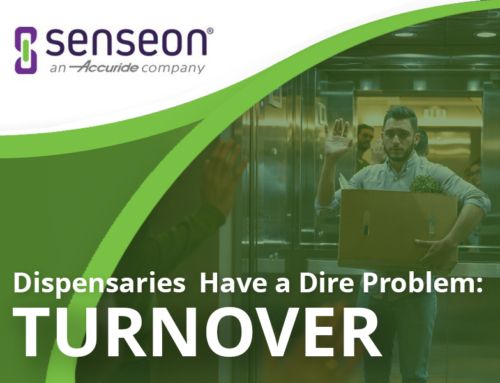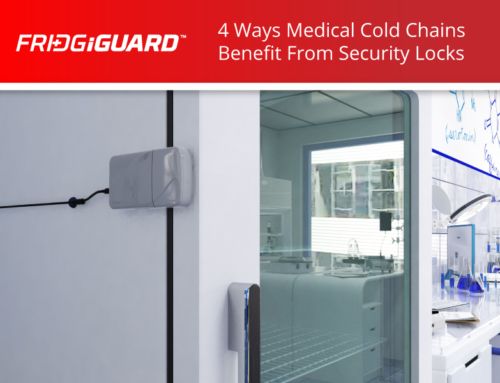Running late, you rush out the door, worried you will miss the morning meeting with your boss. It is not until you pull into the parking lot that it dawns on you: Did you forget to lock the front door?
A feeling of panic runs through you as you ponder the possibilities of what could happen while you are away.
Then you remember: Your home is protected with electronic access control. Right here, from your employer’s parking lot, you can check the security of your front door. Even if you left your front door unlocked, a simple press of a button on your smartphone’s security app makes your home safe and secure.
In the last several years, technology has revolutionized home security. Easy to use systems not only secure doors with keyless locks, but they include cameras, alarms, and video feeds to help you protect both your valuables and your family.
The Security Aspect of Access Control
The primary reason you install a home security network is to protect valuables and keep intruders out. In the United States, a burglary occurs every 13 seconds. While installing an alarm system decreases your odds of being a target by 300%, only 17% of households have an active security system in place.
During a burglary, thieves spend between 8 and 10 minutes in a home and typically seek out the following items:
- Cash
- Smartphones, computers, and iPads
- Electronics
- Jewelry, watches, and gold
- Medications
- Firearms
- Tools or household goods
- Bikes or cars
- Liquor
- Personal identification documents
The Benefits of Securing Home Entries with an Access Control System
- Superior Security: Keyless entry eliminates lock picking techniques, forcing potential thieves to use other methods of entry. Combining keyless entry with additional security measures, such as cameras, sensors, or alarms, far surpasses traditional locks.
- Low Key Replacement Costs: For over a century, lost or stolen keys meant buying new keys or spending hundreds of dollars for a locksmith to replace the locks. Today’s access control gives you the power to deactivate one credential and activate another within seconds.
Securing Valuables in the Home Using an Access Control System
Beyond the exterior entrances, you also need to protect valuables such as jewelry, medications, or firearms. It is inconvenient to lock commonly used items in a safe. Using access control on your cabinet and drawer locks gives you the convenience of easy access without compromising security. Companies like Senseon offer electronic locking systems that open doors with the swipe of a keycard, but are powerful enough to prevent an intruder from breaking the lock.
Thieves seek items that are easy to remove. A locked drawer that’s electronically secured will hide valuables and discourage theft because it eliminates a fast and easy target.
Storing medications, jewelry, or firearms in locked cabinets allows you to restrict access 24/7. Unauthorized individuals cannot access these areas, but authorized ones can easily open a cabinet or drawer as needed.
The Lifestyle Aspect of Access Control
Beyond the benefit of keyless entry, access control systems are changing the way you protect your home and interact with visitors. Here are seven ways home access control can improve your life:
- Convenient: Once installed, the systems are easy to use both at home and while you are away.
- Greater control of access to your home: You can designate access based on the individual. For example, you might give a housekeeper access to your home every Wednesday between 10 AM and 2 PM, but not outside of that time frame. Access codes for school-aged children will open the door and let them check in with you via a video chat.
- Check-in on pets and children while away: Alerts let you know when someone is at your front door or enters the home. Video capabilities permit you to view and interact with pets and children from a remote location.
- Notifications and warnings: Modern systems can notify you of danger, which might include a water or gas leak, the presence of smoke, or high carbon monoxide levels. These protections can warn you to exit the home or allow you to take proactive measures to protect your property.
- Remotely control home features: Optional measures include the ability to control lights, appliances, and the thermostat from a remote location.
- Restrict access to dangerous or valuable items: A comprehensive system can allow someone into your home but not grant access to secure areas. For example, locking prescription medications or firearms using cabinet-level access control will prevent accidental or unauthorized use.
- Aesthetics: Not all access control solutions have the same appearance. It is common to see bulky keypads and unsightly cameras used in home security. Choosing an aesthetic design creates a sophisticated look while providing top of the line protection. Touchscreens in entryways are more appealing than keypads. Invisible cabinet and drawer locks are not easy to identify and can thwart theft because it is not apparent where you keep valuables.
What Homeowners Want to Protect
Today’s home security goes well beyond replacing traditional locks and providing keyless entry to keep intruders out. You can regulate access to your property, authorizing entrance on an individual level based on the time and day of the week. It is also possible to secure valuables without the use of large safes for frequently used items like medications, jewelry, or firearms. Modern systems can even give you control over appliances, lights, and the thermostat.
Video feeds can notify you when the housekeeper arrives, your children come home from school, or UPS delivers a package. Not only can you view activity, but you can interact with the person at the door or in your home.
The availability of professional-grade access control systems allows you to better protect your home. From the entrance down to cabinet-level security, you can guard your family and your valuables from unauthorized entry.
For more on how you can secure your valuables with Senseon, visit our residential market page.






